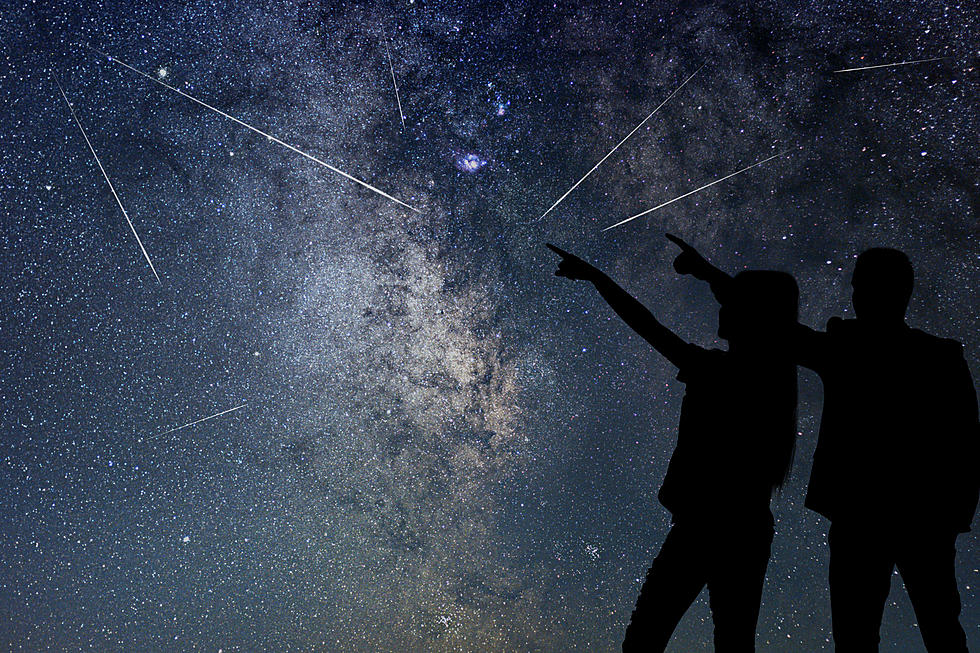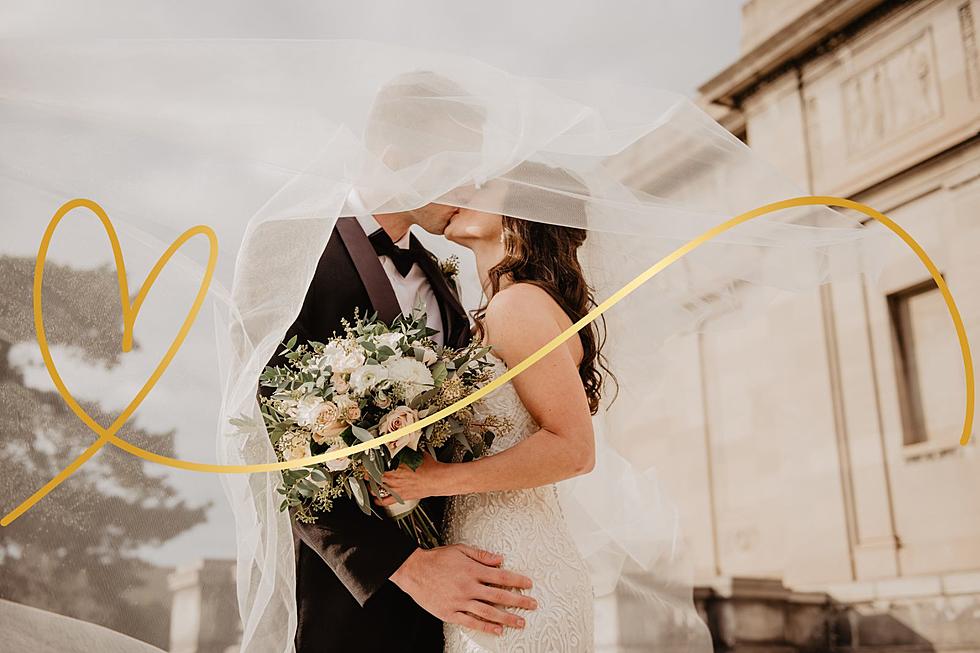
Orionid Meteor Shower Peaks This Week in Indiana Skies
Folks in Indiana will be treated to quite the show this week when the skies will be lit up with the Orionid Meteor Shower.
Meteor showers aren't uncommon. Many refer to these meteors as "shooting stars" which isn't entirely accurate since they aren't stars at all, but I get why they are known as such. In any event, you might want to start thinking of a lot of wishes because there's a good chance that you could see quite a few of these "shooting stars" this week.

Orionid Meteor Shower Peaks This Week in Indiana
The Orionid meteor shower is active between September 26th through November 22nd. However, they will peak on October 20th and 21st, with clear-sky rates of about 20 meteors per hour can be expected. According to Space.com:
The Orionid meteor shower is produced when <a class="hawk-link-parsed" href="https://www.space.com/54-earth-history-composition-and-atmosphere.html" data-before-rewrite-localise="https://www.space.com/54-earth-history-composition-and-atmosphere.html" data-component-tracked="1"><u>Earth</u></a> passes through the debris or ice and dust left behind from Comet 1P/Halley, more commonly known as <a class="hawk-link-parsed" href="https://www.space.com/19878-halleys-comet.html" data-before-rewrite-localise="https://www.space.com/19878-halleys-comet.html" data-component-tracked="1"><u>Halley's Comet</u></a>.
Meteor showers are named after the constellation from which the meteors appear to emanate, known as the radiant. From Earth's perspective, the Orionid meteor shower appears to come from the direction of the Orion constellation. However, if you aren't familiar with where that constellation is located, have no fear. You don't have to look for that constellation to get a good view of that meteor shower, as they will be appearing all across the night sky...weather permitting of course.
The best time to view the Orionid meteor shower is between midnight and dawn when the shower's radiant, the Orion constellation, is high in the sky. If you're going to want to see the meteor shower, here are a few tips:
- The best way to view the meteor shower (and to see the most meteors) is to get away from the lights of the city. Light pollution causes the night sky to be less visible.
- Go outside early to give your eyes some time to adjust to the dark—up to half an hour if you can.
- The Orionids will appear as quick, small streaks of light, so if you blink you could miss some.
- Get comfortable. Grab a nice chair and some refreshments. It's a show! What's a show without snacks and a drink?
- Be patient. There’s no way to predict exactly how many you’ll see or what time you'll see the most. Just set aside an hour or so to sit outside to look up and watch the magic unfold!
10 Indiana Laws You Don't Know You're Breaking
See 11 Unique Attractions You'll Only Find in Indiana
Gallery Credit: Ryan O'Bryan
16 Indiana Towns with Dirty-Sounding Names
Gallery Credit: Ryan O'Bryan


